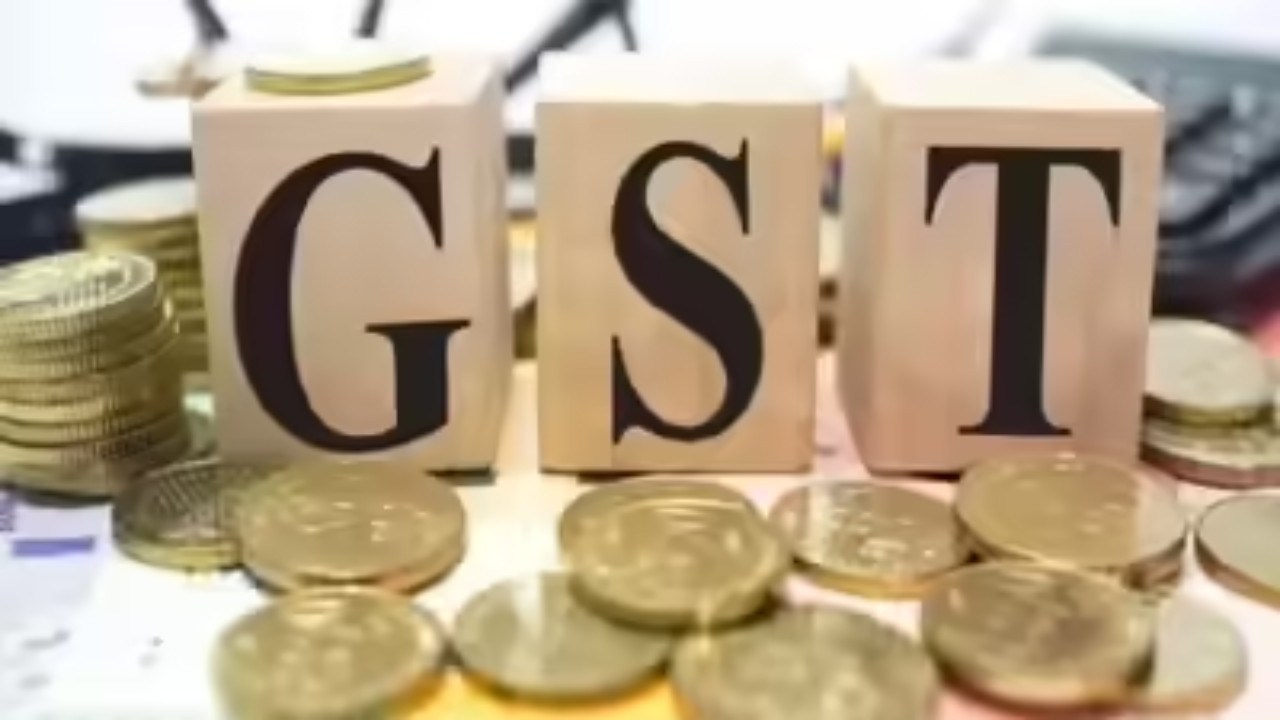Indian business circles are happy with Prime Minister Narendra Modi’s plan to change the Goods and Services Tax. The government plans to simplify GST by reducing tax rates. Most items will move to lower tax brackets. Experts say this will boost demand and help small businesses. The changes are expected to make exports more competitive and improve the business environment.
Is India Poised for a GST Revolution? A Simplified Tax Structure on the Horizon
The Goods and Services Tax (GST), India’s most ambitious indirect tax reform, might be heading for a major overhaul. Prime Minister Modi recently hinted at a potential restructuring of the GST slabs, sparking excitement across industries and among consumers. Could this be the relief MSMEs have been waiting for? It certainly seems like a breath of fresh air after navigating the complexities of the current system.
Currently, the GST regime operates with a multi-tiered slab structure – a landscape some find a bit, well, complicated. This complexity has, at times, created compliance burdens, particularly for smaller businesses with limited resources. The Prime Minister’s indication of a possible slab reduction suggests a move towards a simpler, more streamlined system, potentially easing these burdens considerably.
What’s Driving the Push for GST Reform?
The conversation around GST simplification isn’t new. For years, industry stakeholders have voiced concerns about the operational challenges posed by the existing structure. A reduction in the number of slabs could minimize classification disputes, which often lead to protracted legal battles and wasted resources. Furthermore, a simpler system inherently makes compliance easier and more efficient.
Think about it: fewer slabs translate to less confusion about which rate applies to which product. This, in turn, reduces the risk of errors and penalties. It’s about creating a system where businesses can focus on growth, not just GST compliance.
Potential Benefits of a GST Slab Reduction
The potential benefits of a restructured GST landscape are significant and far-reaching:
* Boost for MSMEs: Smaller businesses often struggle with the intricacies of the current GST system. A simplified structure could reduce their compliance costs, freeing up capital for investment and expansion. Imagine the positive ripple effect across the entire sector!
* Enhanced Consumer Spending: A streamlined GST could lead to lower prices for some goods and services, stimulating consumer demand and driving economic growth. Who wouldn’t appreciate a little extra cash in their pocket?
* Increased Tax Compliance: A simpler and more transparent system encourages voluntary compliance. When businesses understand the rules and find them easy to follow, they are more likely to adhere to them.
* Reduced Litigation: A reduction in classification disputes automatically translates to less litigation and fewer administrative hassles for both businesses and the government.
The Road Ahead: Challenges and Considerations
While the prospect of GST slab reduction is exciting, implementing such a change will require careful planning and execution. A crucial aspect is ensuring revenue neutrality. The government will need to carefully analyze the impact of any changes on its revenue stream and make adjustments to maintain fiscal stability. There needs to be an examination of the revenue impact on both the central and state governments, so that the reform doesn’t negatively impact public finances.
Furthermore, a simplified GST structure shouldn’t disproportionately burden any particular sector or segment of the economy. Extensive consultations with industry stakeholders are essential to ensure a smooth transition and address any potential concerns. A phased implementation approach might be necessary to minimize disruption.
Beyond Slab Reduction: Holistic GST Reform
While slab reduction is a significant step, it’s just one piece of the puzzle. The full potential of the GST can only be realized through a holistic approach that addresses other key challenges, such as:
* Improving Input Tax Credit (ITC) Processes: Streamlining the ITC mechanism is crucial for reducing working capital requirements and preventing tax cascading.
* Enhancing Technology Infrastructure: Investing in robust IT infrastructure is essential for facilitating seamless compliance and minimizing errors.
* Strengthening Enforcement Mechanisms: Effective enforcement mechanisms are needed to deter tax evasion and ensure a level playing field for all businesses.
Ultimately, the goal is to create a GST system that is not only simple and efficient but also equitable and sustainable. By taking a comprehensive approach, India can unlock the full potential of the GST and drive long-term economic growth.
Is India at the cusp of realizing its GST potential? The possibility of a simpler tax structure presents an exciting opportunity to empower businesses, stimulate consumer demand, and build a more robust and resilient economy. This also ties in with larger governmental goals surrounding ease of doing business; see how related government programs are fostering entrepreneurship. With careful planning and diligent execution, a streamlined GST regime could usher in a new era of prosperity for India.








